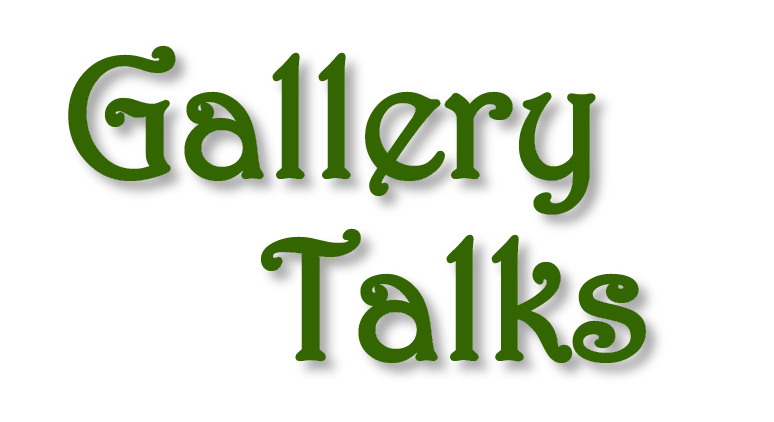One of only two women among the 34 artists who founded the Royal Academy of Arts in 1768, Angelica Kauffman is the subject of this elegant and selective exhibition. Born in Switzerland in 1741, Kauffman was trained as an artist by her father, the painter Joseph Johann Kauffman, because as a woman she couldn’t formally enrol at an art academy. They travelled through Italy together and it was in Rome that she formed her classical style and in Florence that she was accepted as a member of the prestigious art academy, one of only a handful of women to be admitted at that point.
Kauffman painted many celebrated self-portraits, several of which are included in the exhibition and serve to exemplify her talent, whether with paint brushes and a palette close by, a stylus and drawing board in hand, or with a bust of the Goddess of Wisdom Minerva. In 1766 she moved to London, fresh from painting the German art historian and antiquarian Winkelmann, pen in hand, and went on to achieve considerable success painting portraits of actors, including the famous playwright and actor David Garrick with his lively gaze turned towards the viewer, socialites, aristocrats and the monarchy. Kauffman was very close to Sir Joshua Reynolds, the first President of the RA, and her portrait of him is gentle and full of affection.
Commissioned to create a set of ceiling paintings to adorn the Royal Academy’s Council Room at the New Somerset House, Kauffman placed women at the centre of her four oval panels ‘The Elements of Art’. In one, an allegorical figure of Design leans forward to draw the Belvedere Torso and, in another, Composition is leaning on the base of a column upon which is a chess board, deep in thought with a compass in hand. Depicting herself between the arts of music and painting, Kauffman takes us back to the turning point in her life when she chose to devote herself entirely to painting, despite her considerable talent as a musician and singer.
Returning to Rome in 1781 with her second husband the artist Zucchi, Kauffman continued her successful career working for international patrons. When she died in 1807 a grand funeral was held in Rome and she was laid to rest in the Pantheon next to Raphael.









